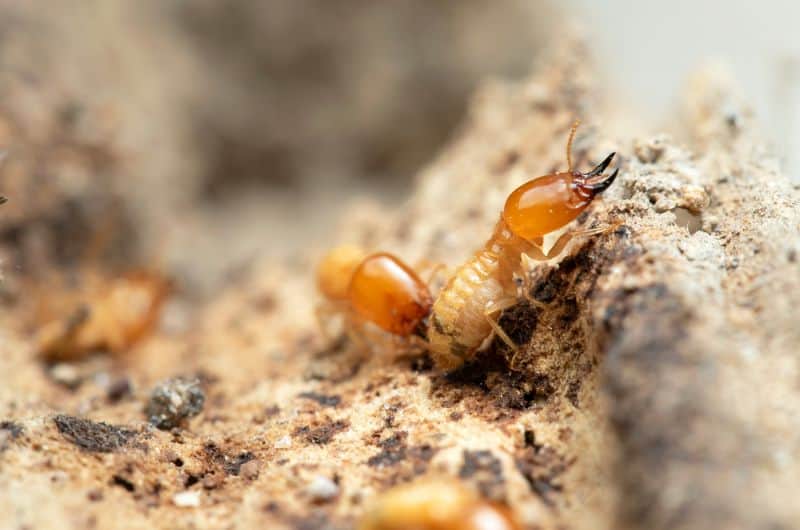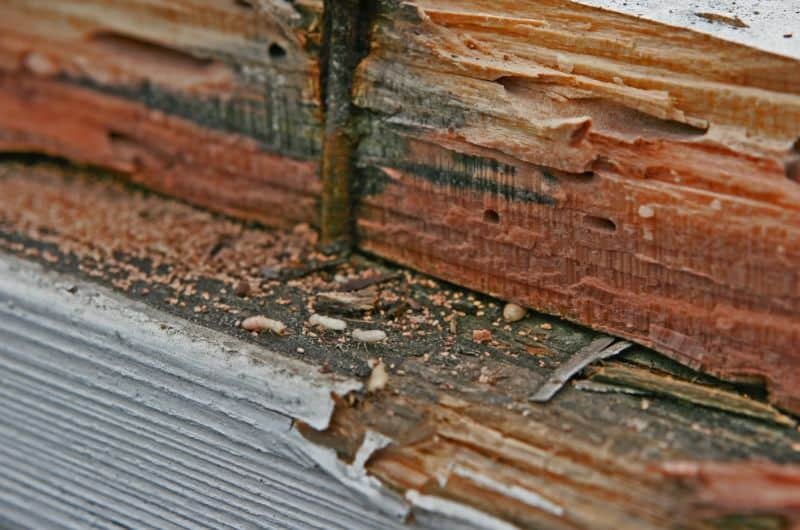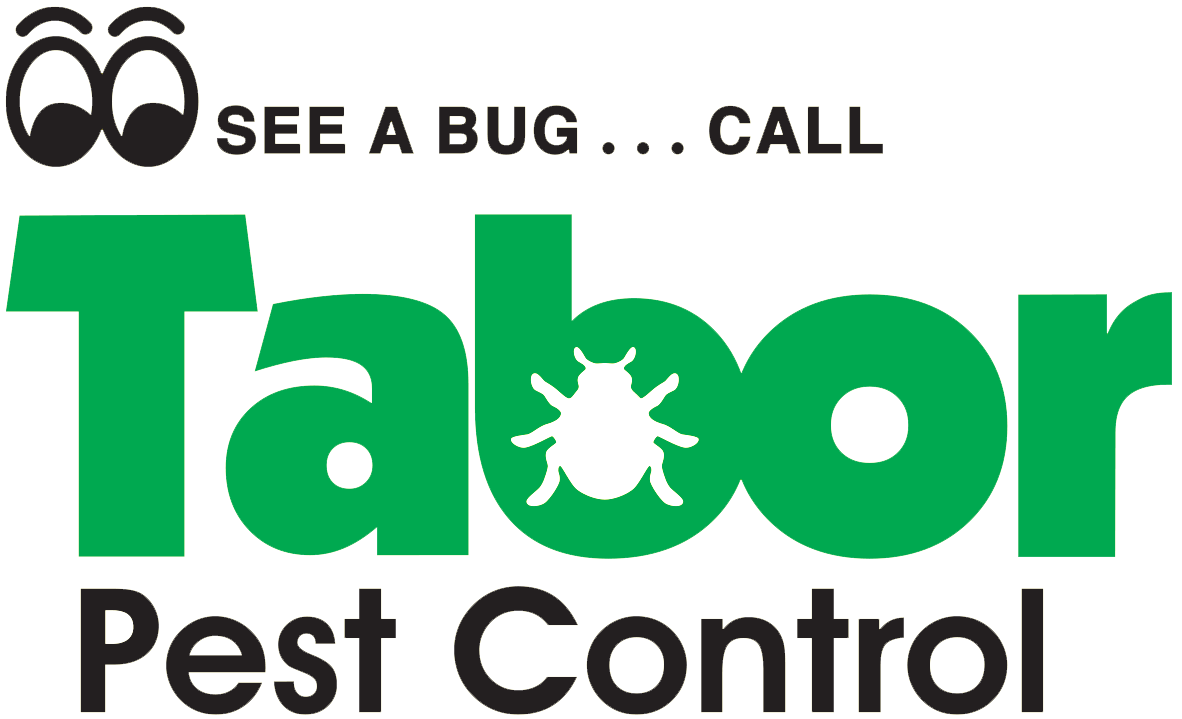Wood Treatment for Termites: Comprehensive Protection for Your Home

Termites are one of the most formidable enemies of home structures, capable of causing extensive and costly damage before they are even detected. Tabor Pest Control, with years of experience in combating termites, is here to guide you through this process.
By taking proactive measures and using proper wood treatments, you can significantly reduce the risk of termite infestations and safeguard your property.
Understanding Termites: The Silent Threat
Identifying and understanding the behavior of termites is the first step in effective prevention and treatment.
These pests come in various types, each with its unique characteristics and behaviors:
- Subterranean Termites: The most common in the U.S., they build mud tubes for mobility and are known for their aggressive wood-eating habits.
- Drywood Termites: These termites infest dry wood, such as attic framing and furniture, and can be identified by their droppings, known as frass.
- Dampwood Termites: Preferring moist and decaying wood, they’re often found in wood in contact with soil or with moisture problems.
Identifying Termite Infestations: What to Look For

Early detection of termites can significantly reduce the extent of damage and the costs of repairs.
Keep an eye out for these signs:
- Physical Signs: Termite droppings (frass), mud tubes on exterior walls, discarded wings, and visible swarms of termites are tell-tale signs of an infestation.
- Structural Damage: This includes hollowed or damaged wood, blistering paint, and visible holes in wood structures. Termites consume wood from the inside out, often leaving a thin veneer of timber or paint.
Proactive Prevention: Securing Your Home
Preventing termites involves a combination of good practices and structural maintenance:
- Seal Cracks and Crevices: Regular inspections for cracks in the foundation, around utility lines, and other potential entry points are essential. Sealing these gaps can significantly reduce the likelihood of termites entering your home.
- Wood Storage and Maintenance: Keep firewood, lumber, and other wood debris away from your home’s foundation. Ensure that wood structures are properly maintained and treated, especially those in contact with the ground or exposed to moisture.
- Property Maintenance: Fix leaks promptly, ensure proper drainage around your home, and maintain gutters and downspouts to minimize moisture accumulation that can attract termites.
Comprehensive Termite Control Services
Tabor Pest Control offers a range of professional services to detect, prevent, and treat termite infestations:
- Inspections: Our team conducts thorough inspections to identify termite activity and assess risk areas in and around your home.
- Customized Treatment Plans: We develop treatment plans tailored to your home’s specific needs, utilizing the most effective methods such as bait stations, soil treatments, and direct wood treatments.
Advanced Wood Treatment Options
Choosing termite-resistant construction materials can greatly reduce the risk of infestation. Here are some advanced wood treatment options to consider.
- Pressure-Treated Wood: Wood treated with preservatives to deter termites is ideal for structures in contact with the ground or exposed to the elements.
- Composite Wood: A durable, low-maintenance material that is less appealing to termites, perfect for outdoor decking and fences.
- Yellow Cedar and Other Resistant Materials: Some woods, like yellow cedar, are naturally resistant to termites. Using such materials in construction can provide an added layer of protection.
Tabor’s Commitment to Your Home’s Safety

At Tabor Pest Control, we understand the stress and damage termites can cause. We are committed to providing effective, long-term solutions to protect your home.
Our team is equipped with the knowledge, tools, and experience to ensure your home remains safe and termite-free.
- Effective Termite Prevention: Regular inspections, proper maintenance, and using the right construction materials are key.
- Early Signs of Infestation: Include termite droppings, mud tubes, and structural wood damage.
- Termite-Resistant Construction Materials: Pressure-treated wood, composite materials, and naturally resistant woods like yellow cedar offer better protection against termites.
Contact Tabor Pest Control at 877-448-2267 or use our contact form for a comprehensive approach to termite control. Our experts are ready to protect your home against these wood-destroying pests.
FAQs
What are the best methods for protecting wood from termites?
There are several effective methods for protecting wood from termites. One option is to use pressure-treated wood, which has been treated with preservatives that make it resistant to decay, termites, and other wood-eating insects. Another option is to use termite-resistant wood like cedar, redwood, or juniper, which are less appetizing to termite colonies.
Is drywood termite treatment an effective option?
Drywood termite treatment can effectively protect wood from termite infestation and damage. Various treatment options exist for drywood termites, including whole-structure fumigation, spot treatments, and preventative treatments like surface sprays, borate wood treatments, and bait stations. The effectiveness of these treatments depends on factors such as the extent of the infestation, the type and condition of the wood, and the application method. It’s essential to consult with a pest control professional to determine the most appropriate and effective treatment for your particular situation.
What are the advantages of using borate wood treatment?
Borate wood treatment offers several advantages. It is a termite, insecticide, and fungicide solution that can be applied to raw wood, providing crucial protection from termites and other pests. Additionally, borate wood treatments are typically low in toxicity and can be safely used in residential and commercial applications with proper precautions and as part of integrated pest management strategies.




